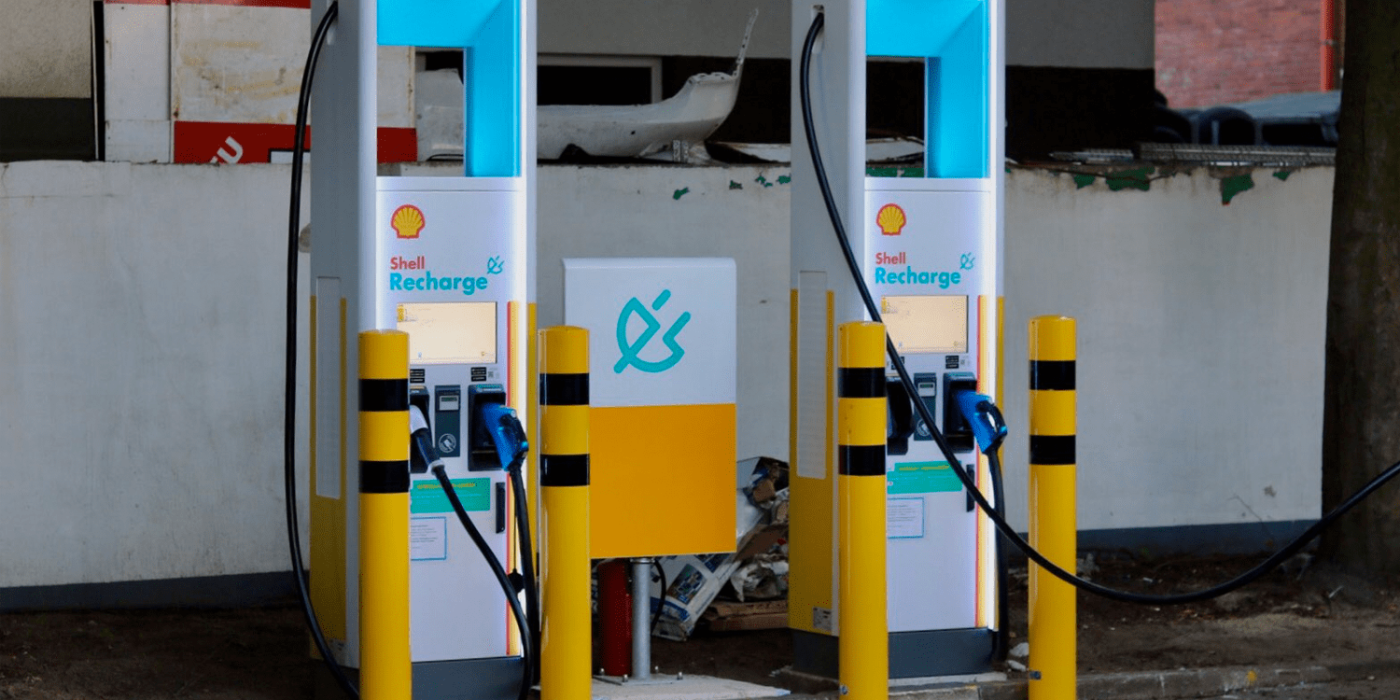Shell to install half a million charge points by 2025
Petrochemical giant Shell has presented its strategy for achieving climate neutrality by 2050. From the perspective of e-mobility, one point stands out: Shell wants to increase the number of charging points for electric vehicles from 60,000 to 500,000 by 2025.
However, Shell does not provide any further details on this in the strategy, so it is unclear which markets they will cover with how many charge points. Going by past activities, Shell has been active in several markets, reaching across Europe and even Canada. Recent acquisitions or attempts include NEw Motion and Ubitricity and Shell is a partner of Ionity.
In its strategy now published, Shell goes on to state that it plans to expand its renewable energy business greatly. The goal, it says, is to sell about 560 terawatt-hours per year by 2030, which is twice as much electricity as today. “We want to be a leading provider of clean power-as-a-service,” the statement said. It said it would continue to increase investments.
It also aims to expand its “leading position” in hydrogen. But even Shell states that it wants to develop “integrated hydrogen hubs” primarily for industry and heavy-duty transport and have seen them join initiatives to this effect recently. Fuel cell passenger cars are not mentioned. Overall, the hydrogen business is expected to generate a double-digit share of global sales in the future.
But it is also clear that fuels and other petrochemical products will continue to make up the business’s core for the foreseeable future. The only goal stated here is to “material low-carbon businesses of significant scale by the early 2030s.” But the core business will continue to help “will help to generate the cash and returns needed to fund shareholder distributions while accelerating investment in the growth businesses to capture new market opportunities.”
Shell plans to store some of the emissions from its petroleum business in the future. It is working to gain access to 25 million metric tons of carbon, capture and storage (CCS) capacity by 2035. Currently, Shell is a part of three such projects, Quest in Canada (in operation), Northern Lights in Norway (sanctioned) and Porthos in The Netherlands (planned) that bring 4.5 million metric tons. However, even 25 million tons are nowhere near enough to store all emissions as, just one sentence later, Shell states that it wants to avoid emissions of around 120 million tons per year by 2030.
And their current emissions are not the only legacy. In other news, Nigeria has decided today that over 40,000 people may sue Shell in a British court over environmental destruction in the Niger Delta. The victory for the communities comes after a five-year battle and overturns a Court of Appeal ruling. Shell had argued it was only a holding company for a firm that should be judged under Nigerian law and described the ruling as disappointing.
The communities argued Shell owed a common law duty of care to individuals who had suffered serious harm due to the systemic health, safety and environmental failings of one of its overseas subsidiaries.





2 Comments